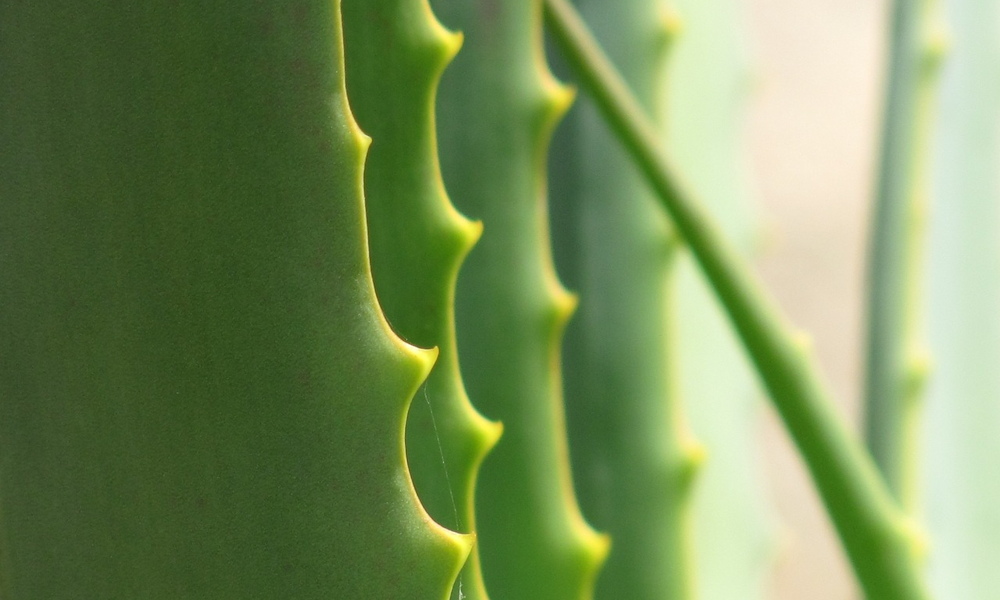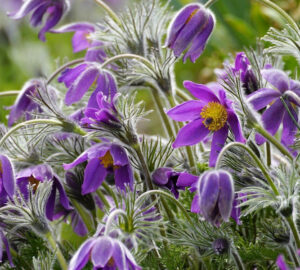Aloe vera, often regarded as a mere decorative houseplant, is a true gem of nature’s pharmacy. Its remarkable healing properties make it a valuable addition to any home.
Not only can you use it to treat minor burns, cuts, and bruises, but the soothing gel within its leaves can also be incorporated into creams, ointments, and lotions. Furthermore, some even consume aloe vera, believing it can combat various ailments like diabetes, asthma, and arthritis. The best part? You can grow your own aloe vera right at home, ensuring a constant supply of its healing magic. Let’s embark on a journey to discover how to care for this marvelous plant and unlock its potential.
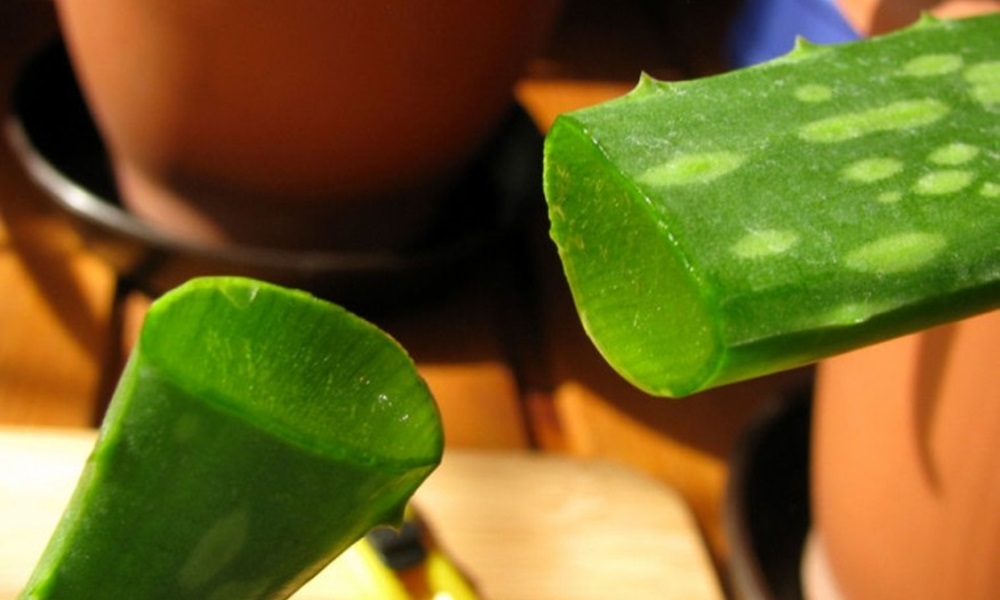
Getting to Know Aloe: A Botanical Wonder
Before delving into the care regimen, let’s acquaint ourselves with aloe vera. Aloe vera is a semi-tropical perennial succulent. While it’s often mistaken for a cactus due to its succulent nature, it’s actually a member of the Asphodelaceae family. Originating from North Africa, this versatile plant has now spread its roots across the globe.
Aloe vera is characterized by its thick, fleshy leaves adorned with spiky or serrated edges, tapering gracefully towards their tips. These leaves come in various sizes, from dwarf varieties measuring a mere 2-3 cm in height to larger specimens boasting leaves that can reach an impressive 100-120 cm in length. For topical applications, the gel contained within the leaves is a sought-after ingredient in ointments and balms.
Meeting Aloe’s Environmental Needs
Aloe vera may not be overly demanding, but it does have specific environmental preferences. Given its semi-tropical nature, it thrives when planted outdoors year-round in frost-free regions. In such locales, it enjoys a sunny or well-lit spot and well-draining soil. In cooler regions, you can still accommodate this plant during the warm summer months. Just ensure it basks in sunlight and receives moderately frequent watering. Allow the soil to dry out completely between watering sessions to prevent overhydration, the primary nemesis of aloe vera.
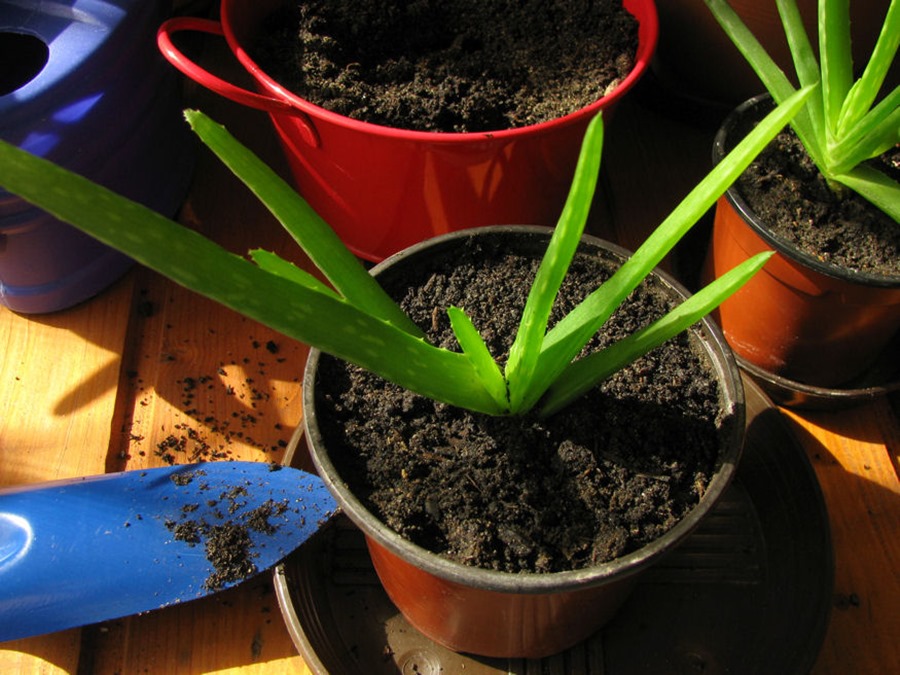
Choosing the Perfect Aloe Plant
When acquiring your aloe plant from a gardening store or nursery, take note of a few key considerations:
- Opt for a healthy-looking plant and steer clear of specimens with brown, yellow or spotted leaves.
- Examine the pot’s underside: if the roots have outgrown it, indicating the plant has been in the same pot for an extended period, it’s wise to choose another.
- Thoroughly inspect the leaves and soil for signs of pests or pathogens; avoid plants with evident insect damage.
- Avoid purchasing aloe plants that excessively shed their leaves.
Nurturing Your Aloe: Care Simplified
Caring for aloe vera is refreshingly uncomplicated, provided you adhere to a few fundamental principles:
- Ensure your aloe basks in ample sunlight, ideally in a warm, draft-free location.
- Guard against overwatering, a common pitfall. Water your aloe generously every few weeks, allowing the soil to completely dry out between waterings. Opt for fast-draining soil, characterized by a sandy, gravelly texture, to prevent excess moisture.
- Regularly inspect the stem and leaves for signs of pests or diseases.
- Don’t forget to assess the pot and soil. If the roots begin protruding from the drainage hole or surface, it’s time for a larger pot, handled with care.
Additional Insights for Aloe Enthusiasts
- Be mindful that aloe can be toxic to certain animals, so if you have pets, ensure it’s placed in a location that’s out of their reach.
- After bringing your new aloe plant home, quarantine it from other houseplants for a few weeks to ensure it’s free of diseases or insect damage.
- Provide your aloe with a yearly springtime treat by feeding it a liquid nutrient solution.
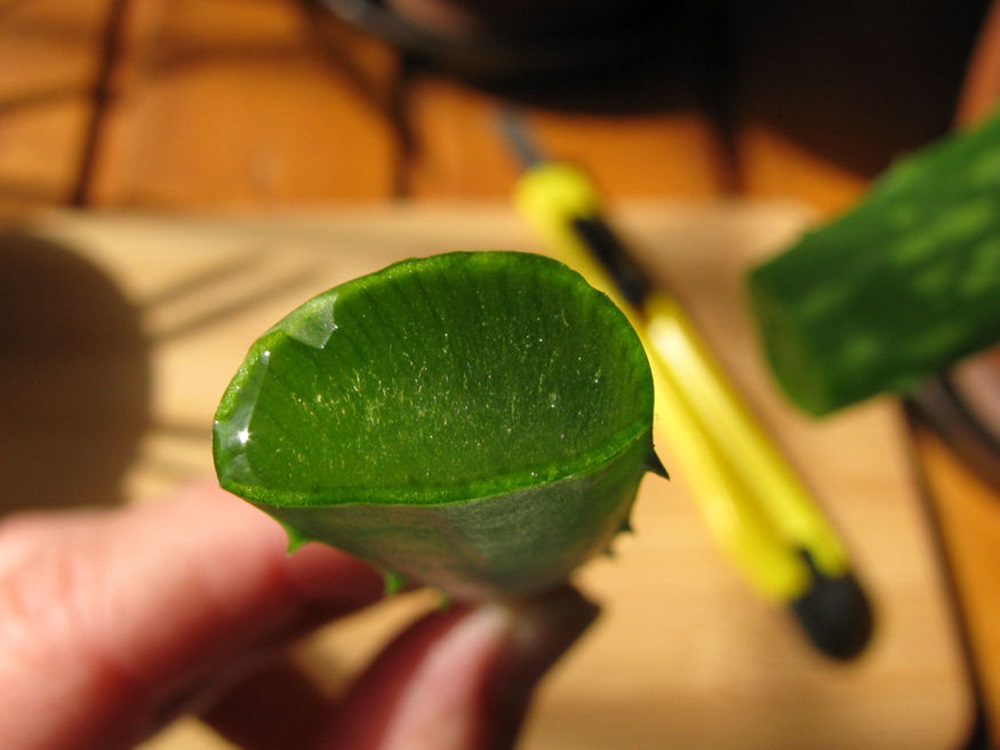
Harnessing Aloe’s Healing Powers
One of the greatest perks of having aloe vera at your fingertips is the soothing relief it offers. For minor burns or bruises, simply snap off a piece of an outer leaf, slice it lengthwise and scoop out the gel-like sap. Apply this cooling elixir to the affected area and experience nature’s remedy in action.
In conclusion, nurturing aloe vera at home is a gratifying journey that grants you access to a potent natural healer. By following these care guidelines, you’ll not only cultivate a vibrant and thriving plant but also have a reliable source of relief for life’s little mishaps. So, why wait? Embrace the beauty and healing prowess of aloe vera in your home garden today!



